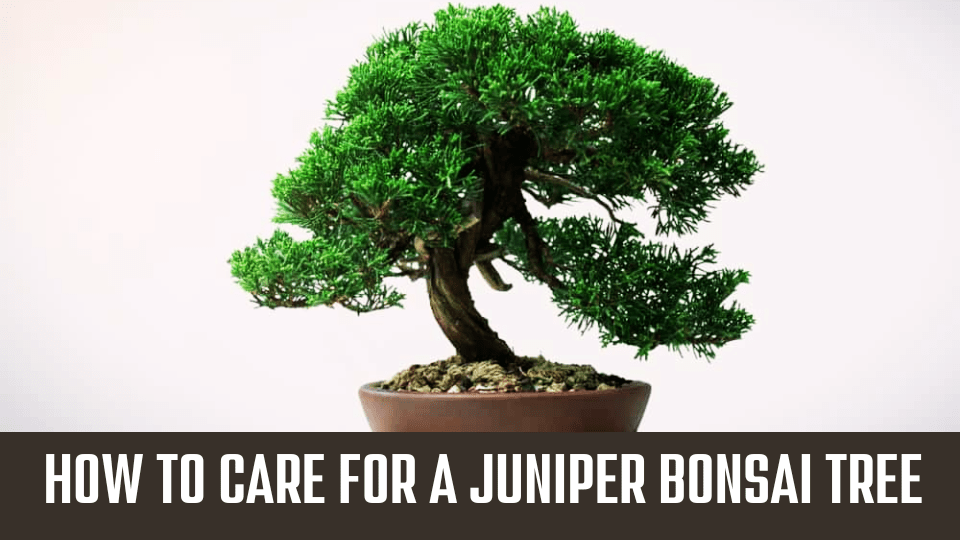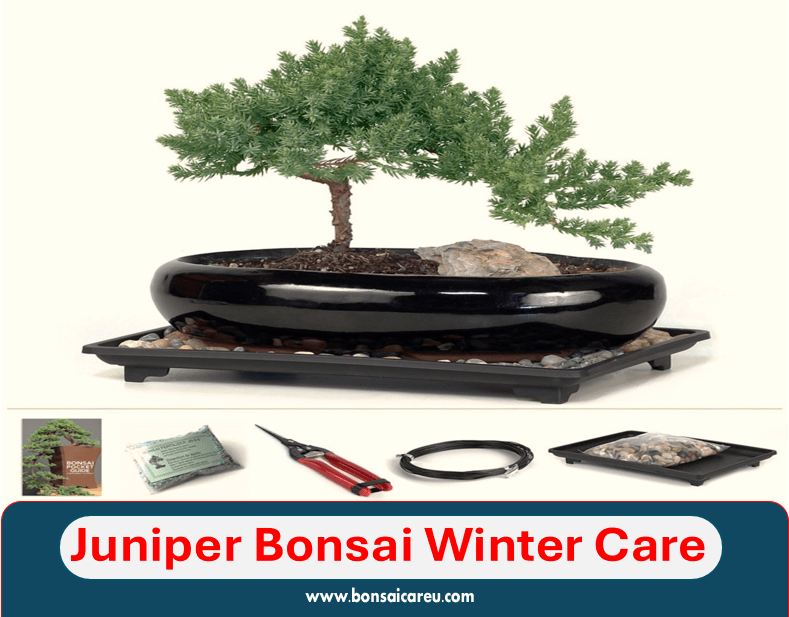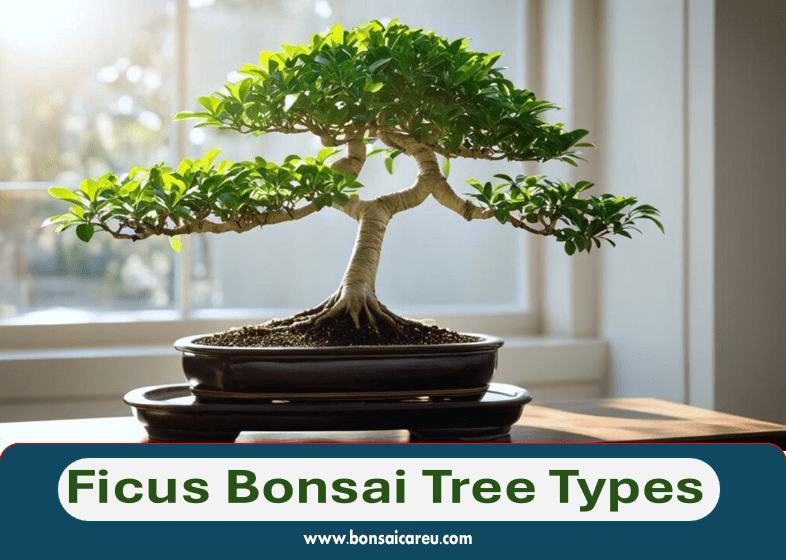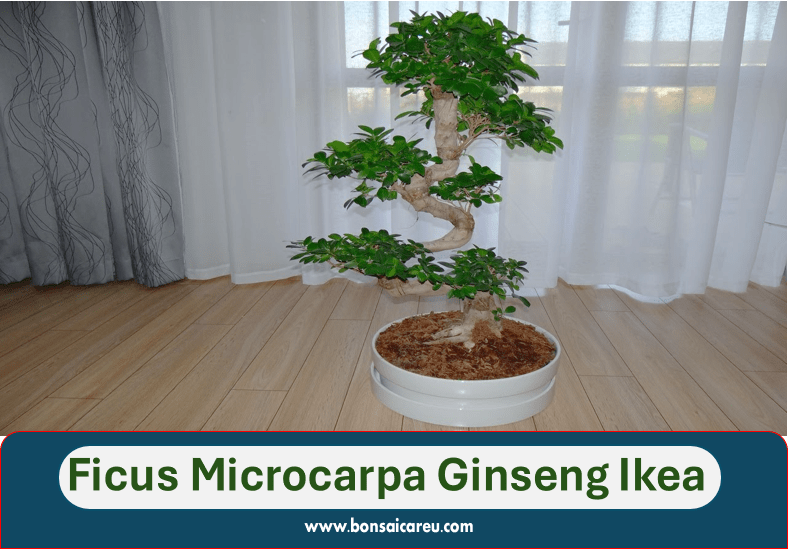How to Care for a Juniper Bonsai Tree Best Tips, please place it in a sunny spot, water it when the soil is dry, and prune it regularly to maintain its shape. Proper care will ensure the health and longevity of your bonsai tree.
A Juniper Bonsai tree is a captivating and elegant addition to any home or garden. Its unique beauty and tranquil presence make it a popular choice for bonsai enthusiasts. However, caring for a Juniper Bonsai requires specific attention to detail to ensure its well-being.
We will explore the essential guidelines for nurturing a Juniper Bonsai tree, from providing the right environment to maintaining its health and appearance. Whether you are a beginner or an experienced bonsai caretaker, these tips will help you keep your Juniper Bonsai thriving for years to come.

How to Care for a Juniper Bonsai Tree Best Tips
Choosing the right juniper bonsai is crucial for ensuring its health and longevity. By selecting a healthy tree and considering the right variety, you can set the foundation for successful care and maintenance. In this section, we will explore the traits of a healthy tree and the varieties that are well-suited for bonsai.
Traits Of A Healthy Tree
A healthy juniper bonsai exhibits certain traits that indicate its overall well-being. When selecting a juniper bonsai, look for the following characteristics:
- Strong root system: The roots should be well-developed and evenly distributed throughout the soil.
- Foliage density: The tree should have abundant foliage with no signs of discoloration, yellowing, or wilting leaves.
- Compact growth: The branches should be compact and well-proportioned, creating a balanced and aesthetically pleasing shape.
- Trunk thickness: A healthy tree will have a sturdy trunk that gradually tapers towards the top.
- No signs of pests or diseases: Inspect the tree carefully for signs of pests, such as webs or holes, and symptoms of diseases, such as spots or lesions.
Varieties Suited For Bonsai
Not all juniper varieties are suitable for bonsai cultivation. Some varieties exhibit characteristics that make them more compatible with the art of bonsai. Here are a few juniper varieties commonly used for bonsai:
| Variety | Description |
|---|---|
| Juniperus Procumbens “Nana” | A low-growing variety with dense foliage and beautiful bark. It is highly adaptable and forgiving, making it an ideal choice for beginners. |
| Juniperus Chinensis “Shimpaku” | This variety has fine foliage and an elegant, upright growth habit. It is prized for its graceful appearance and is popular among bonsai enthusiasts. |
| Juniperus Squamata “Blue Star” | This variety’s striking blue-green foliage adds a unique touch to any bonsai collection. It has a compact growth habit and requires minimal maintenance. |
These are just a few examples of juniper varieties suited for bonsai. Each variety offers distinct characteristics that can enhance the beauty of your bonsai collection. When selecting a variety, consider factors such as your experience level, desired style, and the specific care requirements of each variety.
Essentials Of Juniper Bonsai Placement
For optimal Juniper Bonsai care, place it where it gets ample sunlight daily. Ensure the tree is shielded from harsh winds to maintain its health and vigor. Proper placement is crucial for nurturing a thriving Juniper Bonsai tree.
Light And Temperature Requirements
Juniper bonsai trees require a lot of sunlight, at least six hours a day. This means the tree should be placed in a spot with plenty of direct sunlight. However, it is important to note that too much direct sunlight can cause the tree to dry out quickly.
If this happens, the tree’s needles will turn brown and fall off. In terms of temperature, juniper bonsai trees prefer cooler temperatures. They can tolerate both hot and cold weather, but they do best in a temperature range of 60-75 degrees Fahrenheit. During the winter months, protecting the tree from freezing temperatures is important by bringing it indoors or placing it in a sheltered area.
Indoor Vs Outdoor Considerations
When deciding whether to keep your juniper bonsai tree indoors or outdoors, there are a few things to consider. Indoor juniper bonsai trees require a lot of light, so they should be placed near a sunny window or under artificial grow lights. However, they should also be protected from drafts and extreme temperature changes. Outdoor juniper bonsai trees require a lot of sunlight, so they should be placed in a spot that receives at least six hours of direct sunlight daily.
They also need to be protected from strong winds and extreme temperature changes. It is important to note that if you decide to keep your juniper bonsai tree indoors, you must provide plenty of fresh air and humidity. This can be achieved by placing a humidifier near the tree or regularly misting the tree’s foliage. In conclusion, when it comes to caring for a juniper bonsai tree, placement is key. By providing your tree with the right amount of sunlight and protecting it from extreme temperature changes, you can ensure it thrives for years.
Watering Your Juniper Bonsai
Properly watering your Juniper bonsai is crucial for its health and longevity.
Frequency And Techniques
- Water your Juniper bonsai when the topsoil feels dry to the touch.
- Check the moisture level 1-2 inches deep in the soil.
- Water thoroughly until water drains from the bottom of the pot.
- Repeat the watering process only when the soil is dry.
Signs Of Overwatering And Underwatering
Overwatering:
- Yellowing leaves
- Mold or fungus growth
- Soggy soil
Feeding And Nutrition Management
Proper feeding and nutrition management are crucial for the health and vitality of your Juniper Bonsai tree. By providing the right nutrients at the right time, you can ensure its long-term well-being.
Choosing The Right Fertilizer
When fertilizing your Juniper Bonsai, it’s essential to use a balanced, organic fertilizer specifically formulated for bonsai trees. Look for a fertilizer with a balanced NPK ratio, such as 10-10-10, to provide essential macro and micronutrients. Avoid high-nitrogen fertilizers, as they can promote excessive foliage growth at the expense of root and trunk development.
Seasonal Feeding Schedule
Feeding your Juniper Bonsai tree should be done with care, following a seasonal schedule to meet its changing nutritional needs:
- Spring: As the tree enters its growing season, begin fertilizing with a balanced, slow-release fertilizer to support new growth.
- Summer: During the peak growing season, feed with a balanced fertilizer to sustain healthy foliage and promote development.
- Fall: As growth slows, switch to a low-nitrogen fertilizer to help the tree prepare for dormancy.
- Winter: Cease fertilizing during the dormant period to allow the tree to rest and conserve energy.
Pruning And Shaping Mastery
Pruning and shaping are essential skills to master when caring for a Juniper Bonsai tree. By understanding the basic pruning guidelines and exploring advanced shaping techniques, you can maintain the health and aesthetics of your bonsai tree. Let’s dive into these topics to help you become a pruning and shaping expert!
Basic Pruning Guidelines
Pruning is selectively removing branches and foliage to improve the overall structure and health of the Juniper Bonsai tree. Follow these basic guidelines:
- Start by assessing the tree’s overall shape and identifying any dead, damaged, or weak branches.
- Make precise cuts just above a node or bud using clean and sharp pruning shears.
- Remove any excessive growth or branches that disrupt the tree’s desired shape.
- Regularly thin out the foliage to improve air circulation and light penetration.
- Prune during the appropriate season for your specific Juniper Bonsai variety to promote healthy growth.
By following these basic pruning guidelines, you can maintain your Juniper Bonsai tree’s overall structure and health.
Advanced Shaping Techniques
Once you have mastered the basic pruning techniques, you can explore advanced shaping techniques to create unique and aesthetically pleasing bonsai designs. Here are some advanced shaping techniques to consider:
- Wiring: Using bonsai wire, you can gently bend and shape branches to achieve the desired form. However, do not leave the wire on for too long, as it may dig into the bark.
- Clip and Grow: This technique involves periodically pruning and pinching back new growth to encourage branching and create a dense foliage pad.
- Thread Grafting: You can create intricate shapes and designs by carefully grafting branches into desired positions using specialized techniques.
- Layering: This technique encourages roots to form on a branch while still attached to the main tree. Once the roots have developed, the branch can be separated and planted as a new tree.
Advanced shaping techniques require patience, practice, and a deep understanding of your Juniper Bonsai tree’s growth patterns. Take your time and enjoy the creative process!
Juniper Tree Bonsai Best Care
Common Pests And Diseases
Preventative Measures
Preventing pests and diseases is essential for maintaining the health of your juniper bonsai tree. Here are some simple steps you can take to keep your tree safe:
- Regularly inspect the foliage and branches for any signs of pests or diseases.
- Ensure proper air circulation around the tree to prevent fungal infections.
- Avoid overwatering, as this can lead to root rot and other moisture-related issues.
- Use well-draining soil to prevent waterlogged conditions that can attract pests.
Treatment Options
If you notice any pests or diseases on your juniper bonsai tree, it’s important to act quickly to prevent further damage. Here are some treatment options you can consider:
- Prune affected areas to remove any infested or diseased parts of the tree.
- Use horticultural oils or insecticidal soaps to treat common pests such as spider mites or scale insects.
- Apply fungicides if your tree is affected by fungal diseases, following the instructions carefully.
- Isolate the infected tree to prevent the spread of pests or diseases to other plants in your collection.
Frequently Asked Questions
How Do You Care For A Juniper Bonsai Tree Indoors?
To care for a juniper bonsai tree indoors, place it near a sunny window, water when the topsoil feels dry, and mist occasionally. Ensure good drainage and use a well-draining soil mix. Prune regularly to maintain its shape and repot every few years for optimal growth.
How Often Do You Water A Juniper Bonsai Tree?
Water your juniper bonsai tree when the topsoil feels dry to the touch, usually every 2-3 days. Ensure proper drainage to prevent waterlogged soil. Adjust the frequency based on environmental factors like humidity and temperature.
Are Juniper Bonsai Hard To Take Care Of?
Juniper bonsai can be challenging to care for, but with proper attention, they can thrive. Regular watering, adequate sunlight, and well-draining soil are essential. Pruning and shaping are also necessary to maintain their desired form. Overall, they require dedication and knowledge, but the results are worth it.
Are Juniper Bonsai Good For Beginners?
Yes, juniper bonsai are excellent for beginners due to their resilience and low maintenance requirements. Their forgiving nature makes them ideal for those new to bonsai cultivation.
How Often Should I Water My Juniper Bonsai?
Water your Juniper Bonsai when the topsoil feels dry to the touch, usually every 2-3 days.
What Is The Best Location For A Juniper Bonsai Tree?
Place your Juniper Bonsai in a sunny spot, ideally receiving at least 6 hours of sunlight daily.
Conclusion
Caring for a Juniper Bonsai Tree requires patience, attention to detail, and a willingness to learn. By following the steps outlined in this guide, you can ensure that your tree remains healthy and vibrant for years. Remember to provide ample sunlight, water, nutrients, and regular pruning and shaping.
Proper care will make your Juniper Bonsai Tree a beautiful and cherished addition to your home or garden.


